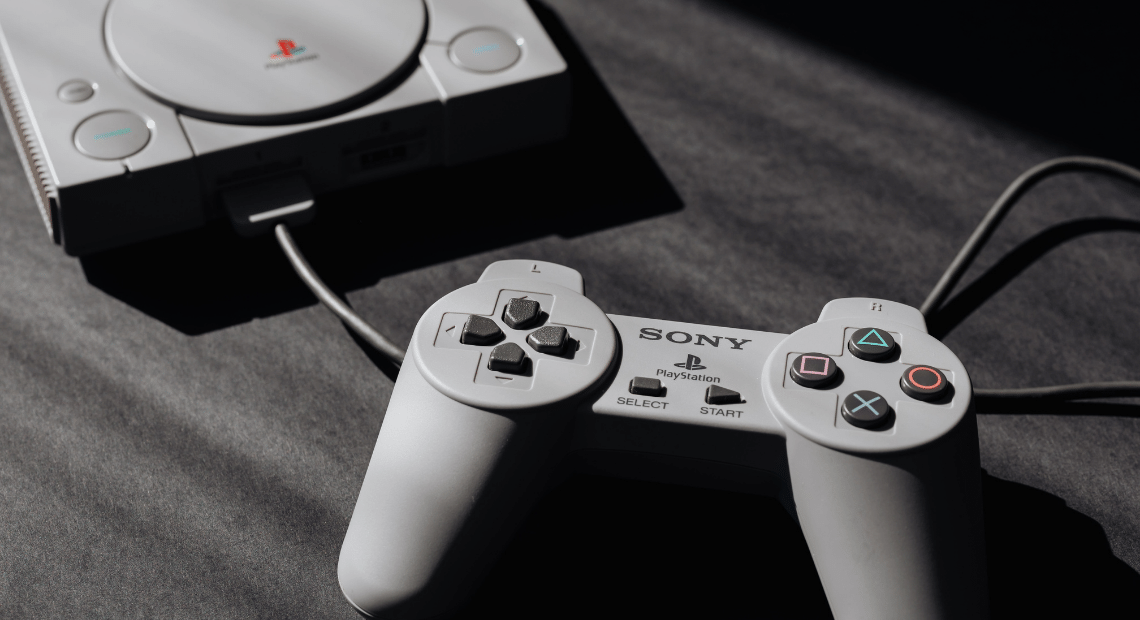PlayStation, often abbreviated as PS, is a household name in the gaming industry, known not only for its groundbreaking consoles but also for its significant impact on pop culture.
The PlayStation brand made its grand entrance in December 1994 when Sony Interactive Entertainment, a division of Sony, unveiled the first PlayStation console in Japan. It wasn’t long before the world caught on to this gaming revolution, with the console shipping over 100 million units worldwide in under a decade, a monumental achievement at the time.
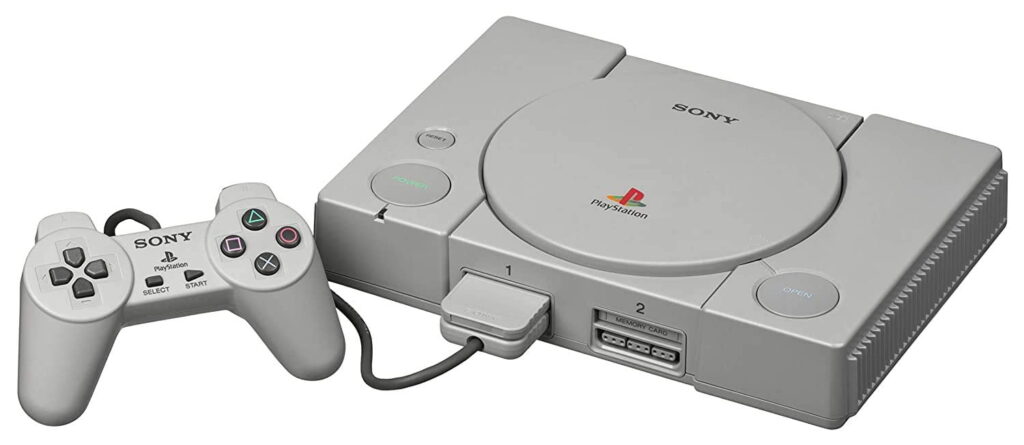
Following this triumph, Sony introduced the PlayStation 2 in the year 2000. This gaming juggernaut remains the best-selling home console in history, with over 155 million units sold by the end of 2012. Its enduring popularity stemmed from its diverse game library and technological advancements, solidifying PlayStation as a powerhouse in the gaming realm.
With each subsequent release, PlayStation’s influence continued to grow. The PlayStation 3, launched in 2006, sold over 87.4 million units by March 2017. The PlayStation 4, introduced in 2013, achieved a remarkable milestone by selling a million units within a day, earning the title of the fastest-selling console in history.
The PlayStation 5, the latest addition to the family, made its debut in 2020, captivating gamers with its cutting-edge technology and sold 10 million units in its first 249 days, dethroning its predecessor as the fastest-selling PlayStation console to-date.
PlayStation’s reach extended beyond home consoles with the introduction of handheld gaming devices. The PlayStation Portable (PSP) amassed a global fanbase, selling 80 million units by November 2013. Its successor, the PlayStation Vita (PSVita), launched in 2011, further solidified PlayStation’s position in the portable gaming market.
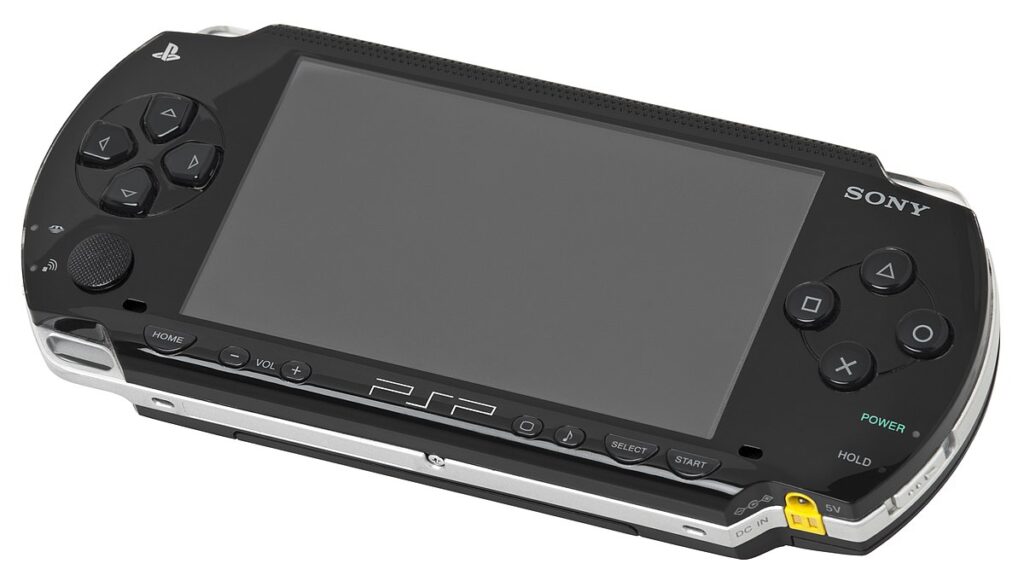
The PlayStation Network (PSN) emerged as a digital powerhouse, boasting over 110 million registered users as of June 2013. This online service introduced the PlayStation Store, where gamers could purchase and download games and multimedia content. PlayStation Plus, a subscription-based service, and PlayStation Home, a social gaming network, further enhanced the online experience.
PlayStation Mobile (formerly PlayStation Suite) extended PlayStation content to mobile devices, catering to a broader audience and creating a seamless gaming ecosystem.
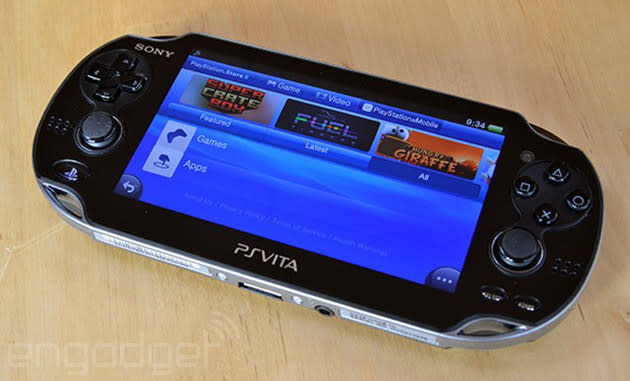
PlayStation’s commitment to innovation was evident in its hardware and software offerings. The DualShock controller, featuring vibration-feedback, became an industry standard, with 28 million units sold by June 2008. The XrossMediaBar, an Emmy Award-winning graphical user interface, became a hallmark of seventh-generation PlayStation products.
PlayStation Studios, a consortium of game development studios owned by Sony Interactive Entertainment, delivered an impressive lineup of first-party games, enriching the gaming experience for PlayStation enthusiasts.
PlayStation’s marketing campaigns, including the iconic “Greatness Awaits” and “Play Has No Limits” commercials in the United States, have resonated with audiences worldwide, solidifying the brand’s position in popular culture.
PlayStation’s journey from its humble beginnings to becoming a cultural phenomenon is a testament to its innovation, dedication to quality, and unwavering commitment to delivering unparalleled gaming experiences.
Success Story of PlayStation
In the world of gaming, PlayStation stands as a symbol of innovation and success. Its journey began with Ken Kutaragi, a visionary Sony executive known as “The Father of the PlayStation.” Until 1991, Sony’s involvement in the gaming industry was limited to supplying components and running a video game studio. However, destiny took a turn when Sony embarked on a collaboration with Nintendo to create a CD-ROM version of the Super Famicom.
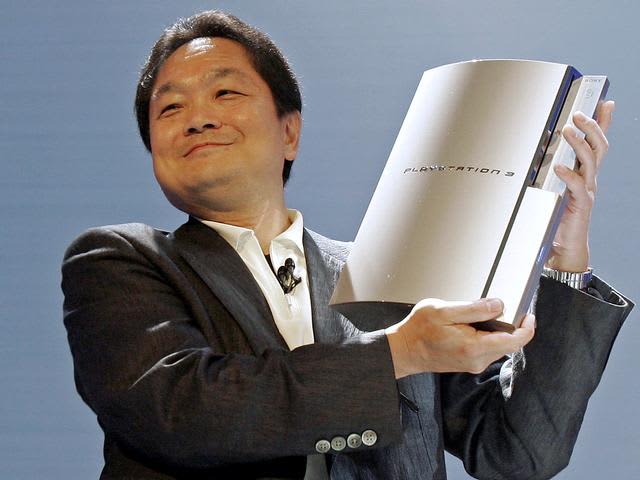
The joint project, initiated in 1988, aimed to fuse Sony’s CD-ROM technology with Nintendo’s Super Famicom. Yet, in a surprising twist, Nintendo abruptly terminated the partnership in 1991, choosing Philips instead. This decision left Sony President Norio Ohga infuriated, and he entrusted Ken Kutaragi with a new mission – to develop a rival gaming console.
The road ahead was riddled with challenges. Negotiations between Nintendo and Sony reached a dead end in May 1992, and a pivotal meeting was convened in June that year. Kutaragi presented his groundbreaking concept – a CD-ROM-based gaming system with 3D graphics. President Ohga’s determination to stand against Nintendo’s actions persuaded him to retain the project, despite strong opposition within Sony.
The PlayStation’s identity was still uncertain, whether it should focus on 2D sprite graphics or embrace the emerging world of 3D polygons. Sega’s Virtua Fighter’s success in Japanese arcades, however, provided clarity, and the PlayStation became a pioneer in 3D gaming.
The iconic PlayStation logo was designed by Manabu Sakamoto, capturing the console’s 3D capabilities through an optical illusion. Four vibrant colors – red, yellow, green, and blue – represented its identity, with a black and white version available for when color was impractical.
Formation of Sony Computer Entertainment and PlayStation’s Triumph
Following Ken Kutaragi’s relocation to Sony Music Entertainment, a pivotal step was taken on November 16, 1993, with the establishment of Sony Computer Entertainment Inc. (SCEI). This move was instrumental in shaping the PlayStation’s success story. SCEI’s inception was marked by a partnership with Sony Music, enabling the company to attract creative minds and leverage Sony Music’s expertise in manufacturing, marketing, and disc production. This synergy extended SCEI’s reach far beyond just gaming.
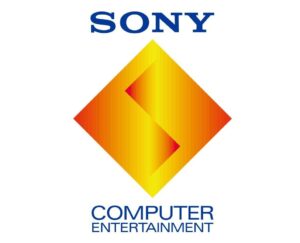
The key figures behind SCEI’s formation included Shigeo Maruyama, CEO of Sony Music, and Akira Sato. Terry Tokunaka, President of SCEI from Sony’s headquarters, and Olaf Olafsson, CEO and President of New York-based Sony Interactive Entertainment, also played pivotal roles. The latter was the parent company for Sony Computer Entertainment of America (SCEA), founded in 1994.
SCEI’s initial project was none other than the PlayStation, which had received the green light from Sony executives in 1993 after years of development. Phil Harrison, who would later become the President of SCE Worldwide Studios, was recruited in 1993 to attract developers and publishers to create games for the upcoming PlayStation platform.
In March 1994, Computer Gaming World reported a rumor that the “Sony PS-X” would launch in Japan by year-end, retailing for less than $400. To garner support, Sony presented its distribution plan and showcased tech demos of the new console to game publishers and developers in Tokyo. This approach bore fruit, attracting numerous developers to the PlayStation platform. Notable partners included Electronic Arts in the West and Namco in Japan.
What set PlayStation apart was its 3D-capable, CD-ROM-based system, which was more cost-effective and easier to manufacture compared to Nintendo’s cartridge-based rival console. The PlayStation made its debut in Japanese stores in December 1994 and quickly gained traction due to its competitive price point compared to the Sega Saturn. Its popularity continued to soar upon its global release in North America and Europe.
The PlayStation’s journey from conception to worldwide success was marked by innovative thinking, strategic partnerships, and a commitment to providing gamers with an affordable and immersive gaming experience. The PlayStation brand would go on to become a household name, forever changing the landscape of the gaming industry.
PlayStation: An Evolution in Gaming
The PlayStation journey has been a remarkable evolution in gaming, marked by continuous innovation and a commitment to delivering unparalleled gaming experiences.
Original PlayStation (1994): The original PlayStation, released in Japan on December 3, 1994, ushered in a new era of gaming. It was part of the fifth generation of video game consoles, competing with the Sega Saturn and Nintendo 64. By December 2003, the PlayStation and PS one had shipped over 102 million units, eventually becoming the first video game console to sell 120 million units.
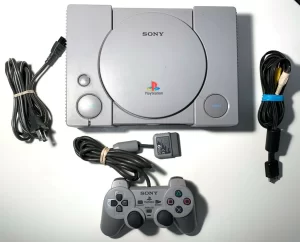
PS One (2000): In 2000, the PS One, a redesigned and smaller version of the original PlayStation, took the stage. It outsold all other consoles throughout the year and introduced a cosmetic change along with a new Graphical User Interface for the home menu.
PlayStation 2 (2000): The PlayStation 2 arrived in 2000, ahead of its competitors, and became the most successful console in the world, selling over 155 million units by December 2012. It also achieved the remarkable feat of reaching 100 million units shipped in just 5 years and 9 months, faster than its predecessor, the PlayStation.
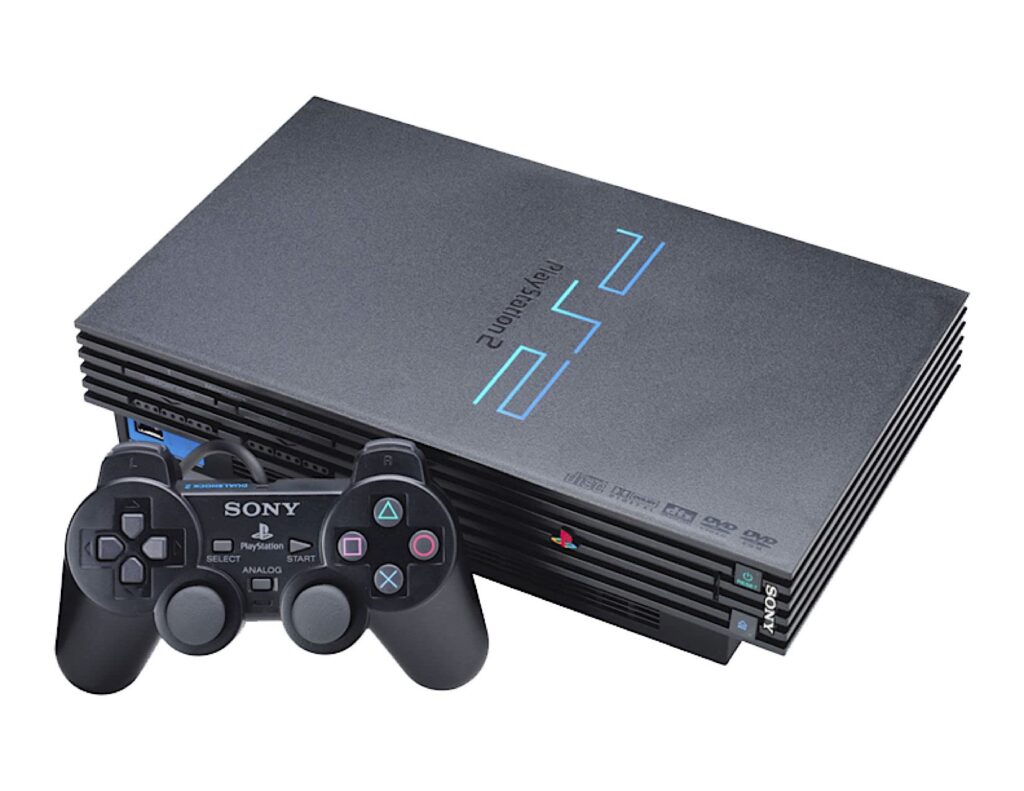
Slimline Model (2004): Four years after the original PlayStation 2, the Slimline model was introduced. It was smaller, thinner, quieter, and included a built-in Ethernet port, enhancing its appeal to gamers.
PlayStation 3 (2006): Released in 2006, the PlayStation 3 (PS3) marked the seventh generation of game consoles. It introduced motion-sensing technology through its Sixaxis wireless controller, incorporated a Blu-ray Disc player, and featured high-definition resolution. The PS3 sold over 80 million consoles worldwide by November 2013.
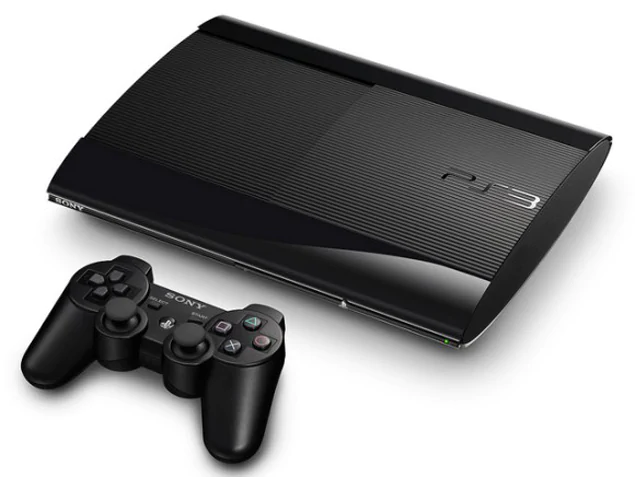
Slim Model (2009): Like its predecessors, the PlayStation 3 received a “slim” model in 2009, which was 33% smaller, 36% lighter, and more energy-efficient. It also featured support for CEC, enhancing its connectivity.
Super Slim Model (2012): In 2012, Sony unveiled the “Super Slim” PlayStation 3, featuring a redesigned case with a sliding disc drive cover. It came with flash memory or various hard drive options.
PlayStation 4 (2013): The PlayStation 4 (PS4) was announced in 2013, introducing x86 architecture to the series. It emphasized social gameplay, featured a share button on the controller, and included a second screen capability through the PlayStation App. The PS4 launched in North America on November 15, 2013, competing with the Xbox One and Nintendo’s offerings.
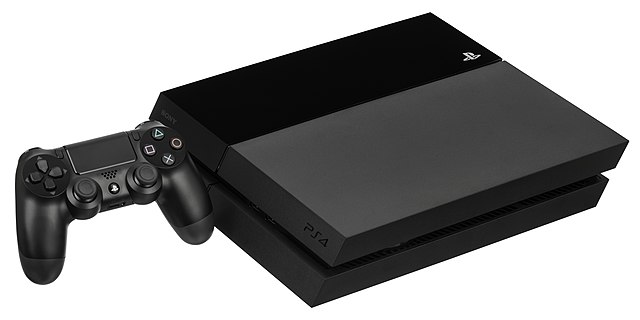
Slim Model (2016): In 2016, the PS4 received a slim model, 40% smaller with a streamlined form factor. It shipped with an updated DualShock 4 controller and a matte finish on the top of the console.
Pro Model (2016): Also in 2016, the PS4 Pro was introduced, featuring improved hardware for 4K resolution and enhanced PlayStation VR experiences. It offered backwards compatibility and improved graphics performance.
PlayStation 5 (2020): The PlayStation 5 (PS5) joined the ninth generation of video game consoles, releasing worldwide on November 12, 2020. It boasts significant hardware improvements, including an 8-core CPU, custom SSD storage, ray-tracing support, and adaptive triggers in its DualSense controller. The PS5 also features a revamped user interface and is backwards-compatible with most PlayStation 4 and PlayStation VR games.
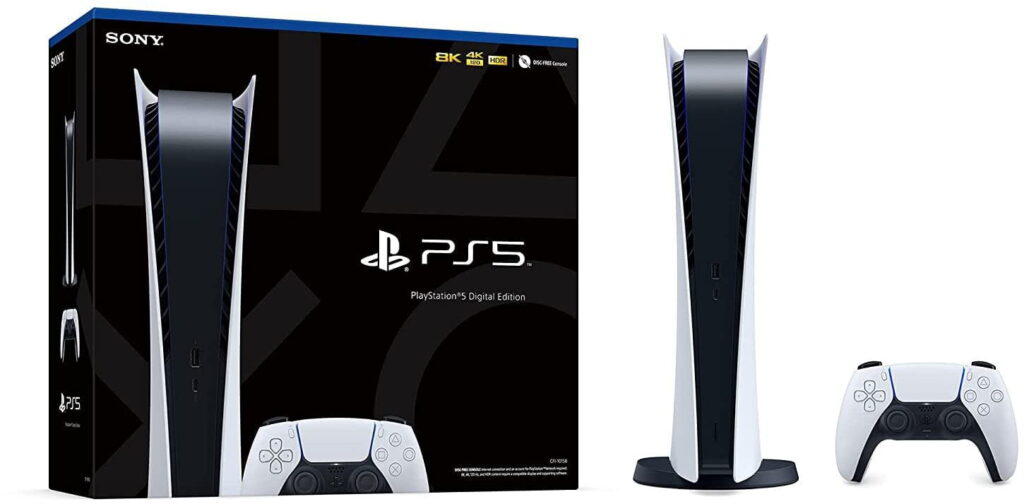
PlayStation’s journey has been a testament to Sony’s dedication to pushing the boundaries of gaming technology, consistently delivering innovative hardware and unforgettable gaming experiences to millions of players worldwide. As the gaming landscape continues to evolve, the PlayStation legacy remains a shining beacon in the world of video games.
Also Read: Creating Magic: The Disney Success Story Unveiled
To read more content like this, subscribe to our newsletter
